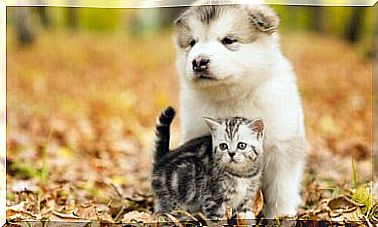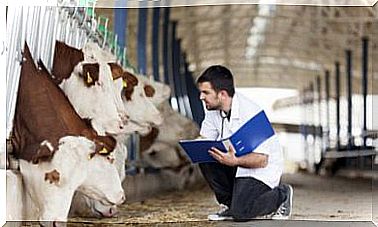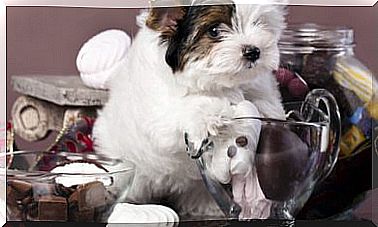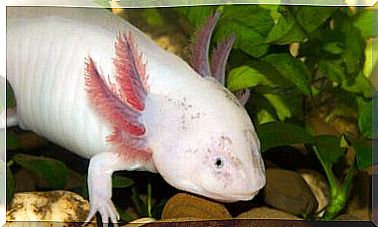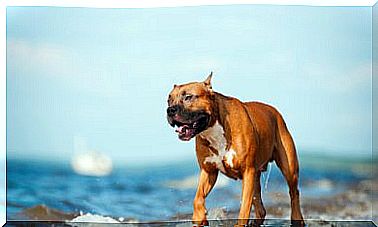The Language Of The Cat’s Tail
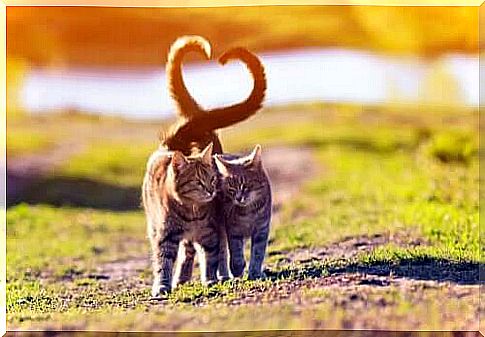
The cat’s tail language is much more complex than it sounds: we can get a lot of information about its mood or intentions just by looking at it. The position and body movements of the cat’s tail will make us understand these furtive animals better.
Compared to the movements that dogs make with their tail to express their emotions, those of cats are completely different, as they have a totally opposite character: the feline tries to hide its emotions, and it is even difficult to find out if it has any type. of illness.
Cat Tail Language Information
The information that we can get by observing the cat’s tail language is very important so that coexistence is more pleasant for both.
Each animal has a different personality, but correctly interpreting various positions performed with the tail can prevent scratches and bites.
- Straight tail up : When a cat puts its tail upright, this is a sure sign that it feels safe in that spot. It’s always a positive message, and if he makes very slow, progressive movements with the tip of his tail in this position, it also means he’s happy.
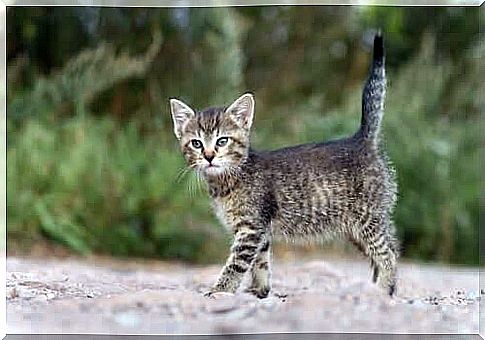
- In an upright, vibrant position : when the cat has its tail up but makes quick, vibrant movements, it means it mixes happiness with emotion, something it usually demonstrates when we get home or observe that it’s about to be fed. On the other hand, in the case of males, they also tend to make this type of movement when they go to urinate to mark the territory.
- ‘S’ Curved : The fact that a cat’s tail is curved in an ‘S’ shape is a good sign, as it usually means he wants to play or get your attention. Typically, the most dependent and playful cats use their curled tail for most of the day and look for its touch, whether out of boredom or sheer confidence. It’s much harder to see the tail in this position in more skittish species, but given time and confidence, they can change a lot.
- Quick side-to-side movements: when a cat performs these movements, he is feeling uncomfortable, either because you are bothering him or because, while petting him, you are touching some very sensitive area of the body, such as the belly or the paw pads. We must be aware of this type of movement, as it can scratch us if we do not stop what we are doing.
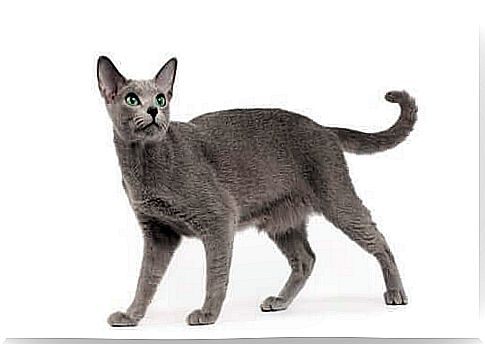
- Low, Stiff Tail : This is the worst sign you can get from a cat’s tail, as it means he is very angry and is very likely to attack you if you don’t give him room. When they put their tail like that, it’s usually a warning, but there are cats that don’t warn so obviously and attack unexpectedly.
- Tail between paws : it is the posture that most resembles the feelings of a dog when they also put their tail in this position. It’s a reaction cats have to a situation that makes them very nervous or scared. For example, moving house is often traumatic for cats and they can spend a few days like that. This situation usually doesn’t involve aggressive behavior, and the most normal thing is to run away, so it’s best to give the pussies time and space.
- Coiled : When a cat keeps its tail in this position, either while sleeping or doing some relaxing activity, it means it is very comfortable and happy. It is usually accompanied by a pleasant purr, thus an unmistakable sign that we are doing things right with our pet.
Learning this series of moves will allow us to anticipate the problems that our pet may have. We will also be able to assess his mood or know if he is suffering from some kind of illness, something essential for you and your cat to enjoy each other’s company in the best way.




